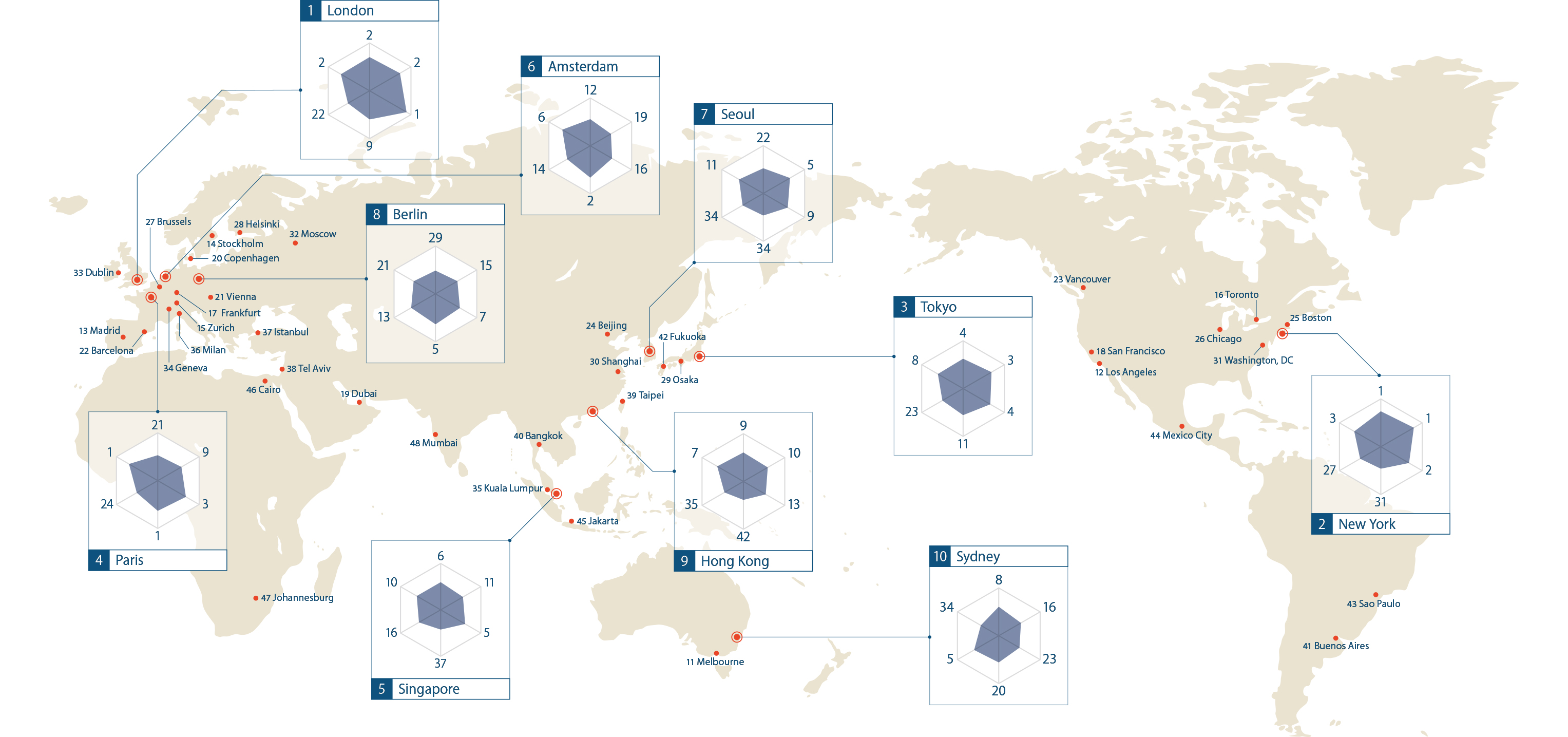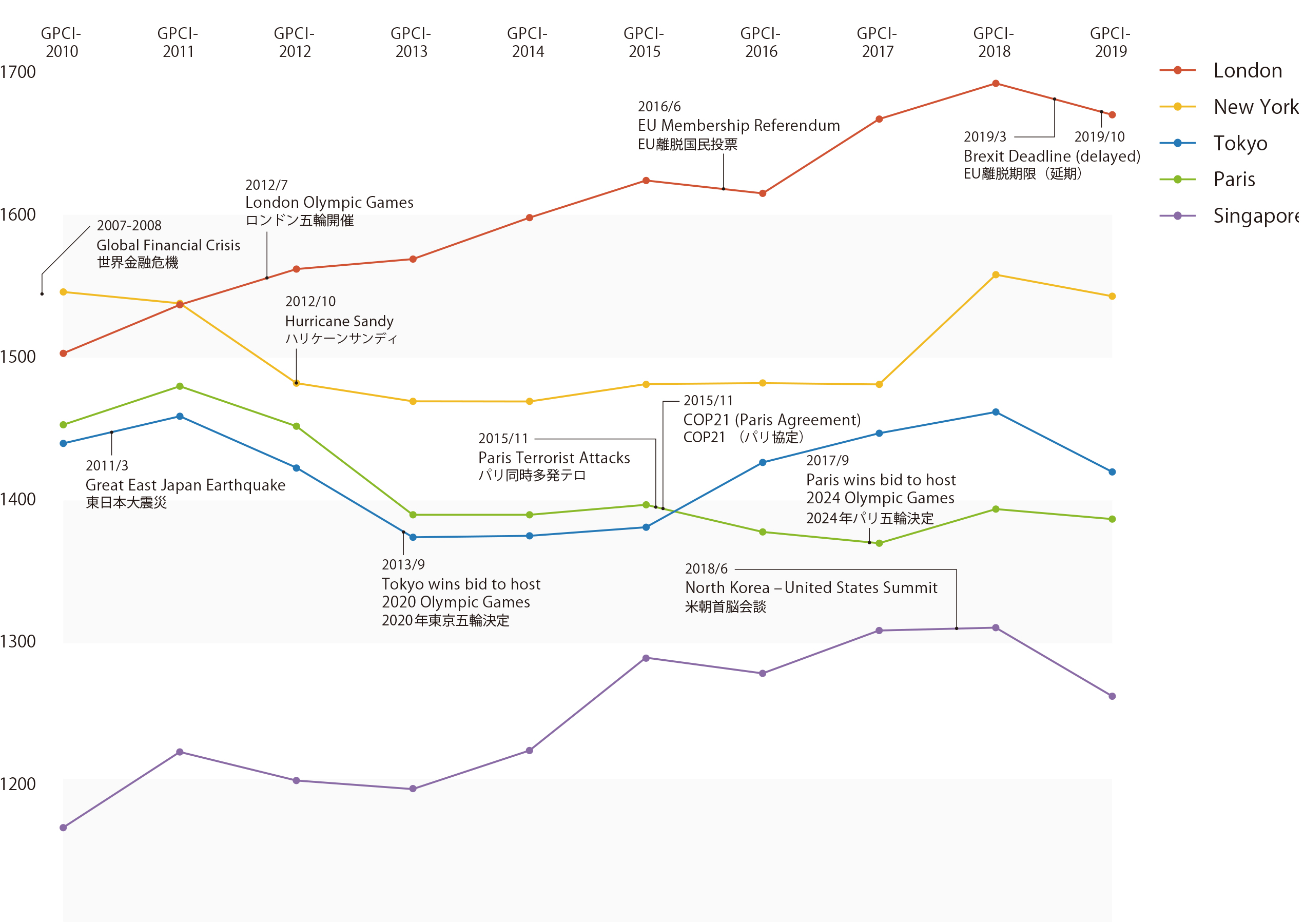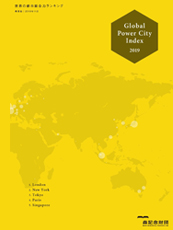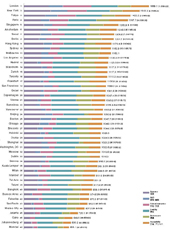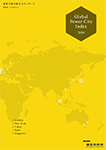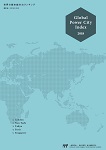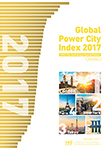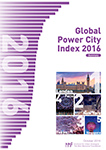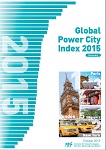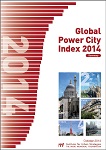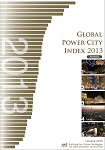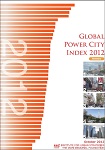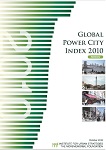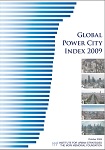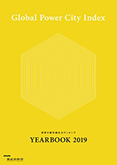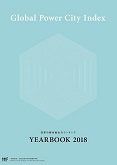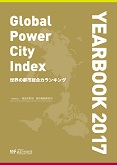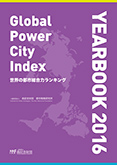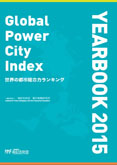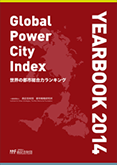What is the GPCI?
Given the global competition between cities, the Global Power City Index (GPCI) evaluates and ranks the major cities of the world according to their “magnetism,” or their comprehensive power to attract people, capital, and enterprises from around the world. It does so through measuring 6 functions—Economy, Research and Development, Cultural Interaction, Livability, Environment, and Accessibility—providing a multidimensional ranking. The GPCI is able to grasp the strengths, weaknesses, and challenges of global cities in a continuously changing world not only through a ranking, but also through analyzing that ranking’s specific components.
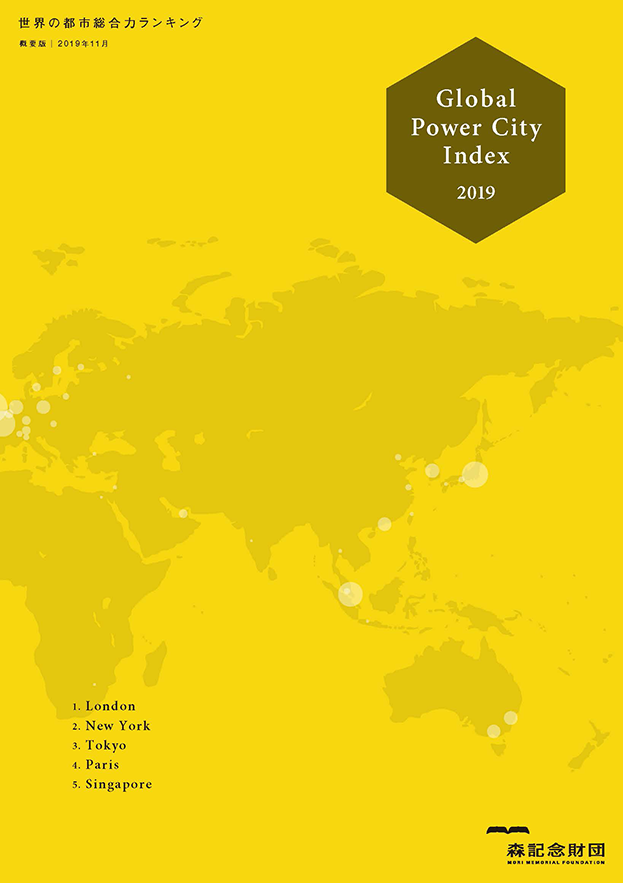
Download the latest GPCI-2019 report
Target Cities
Executive Summary
Top 10 Cities
There was no change in the top 10 ranking from last year’s GPCI. In comparison with the top 3 cities of London, New York, and Tokyo, Paris’s drop in score was minimal, narrowing the gap once again between the French capital and Tokyo. Although Paris experienced a downtrend in score following the repeated terror attacks of 2015, following the 2017 confirmation as host-city of the 2024 Olympic Games, an upward trend in score is building. Among the 4 new cities added this year (Melbourne, Helsinki, Dublin, Tel Aviv), Melbourne at #11 was the highest performer.

Although London maintained its #1 position for the 8th consecutive year, results show that the city’s comprehensive power has fallen. While its score continued to rise following the 2016 EU membership referendum, this year its score in Economy’s World’s Top 500 Companies fell, perhaps showing the effects of turmoil surrounding Brexit negotiations. However, the city holds a top 5 position in 12 of the 16 Cultural Interaction indicators, still displaying its superior strength.

New York maintains a top position in Economy and Research & Development by obtaining results with high scores in GDP, Stock Market Capitalization, and Startup Environment. The city also obtained strong results in Cultural Interaction (#2) and Accessibility (#3). However in Cultural Interaction, Number of Foreign Residents has shown a decreasing trend for the past 3 years, indicating an outflow of foreign population to other domestic and international cities.

Similar to the top 2 cities, Tokyo also saw a decrease in comprehensive score, though it maintained its #3 position. The gap between the #4 Paris and Tokyo narrowed once again, as Paris’ drop in score was relatively small in comparison. Tokyo’s status as a balanced city is continuing to gradually strengthen, as it lacks both exceedingly strong and extremely weak functions despite being a comprehensively powerful city overall.
Score Fluctuation of Top 5 Cities
In comparison with London, New York, and Tokyo, Paris’ drop in score was minimal, narrowing the gap once again between the French capital and Tokyo. Although Paris experienced a downtrend in score following the repeated terror attacks of 2015, following the 2017 confirmation as host-city of the 2024 Olympic Games, an upward trend in score is building.
Reports

GPCI-2019 SUMMARY
"Global Power City Index 2019 Summary" includes the details of Comprehensive Ranking and Function-Specific Ranking, list of indicators and definitions, Actor Evaluation, Special Contribution, and Special Article.
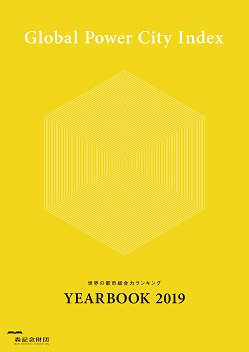
GPCI-2019 YEARBOOK
Bilingual (Japanese and English)
Print Edition: JPY 18,500 (tax excluded)
PDF: JPY 15,000 (tax excluded)
The Global Power City Index YEARBOOK 2019 is a full report of the GPCI-2019, providing a detailed account of its methodology and results. The city profiles analyze each of the 48 target cities of the GPCI and illustrate the city’s strengths and weaknesses in reference to the score and ranking of the 70 indicators. The detailed definitions and sources of the indicators are also included in the book.
Press Resources
Contact
If you have any questions about the Global Power City Index, please contact iusall@mori-m-foundation.or.jp
PUBLICATIONS
For more information about the Global Power City Index, please see the Summary or order the YEARBOOK. You can download the PDF version of the Summary below. The YEARBOOK provides specific details on the methods of research, definition of indicators, lists of data sources, and scores and ranking analysis of each city.


